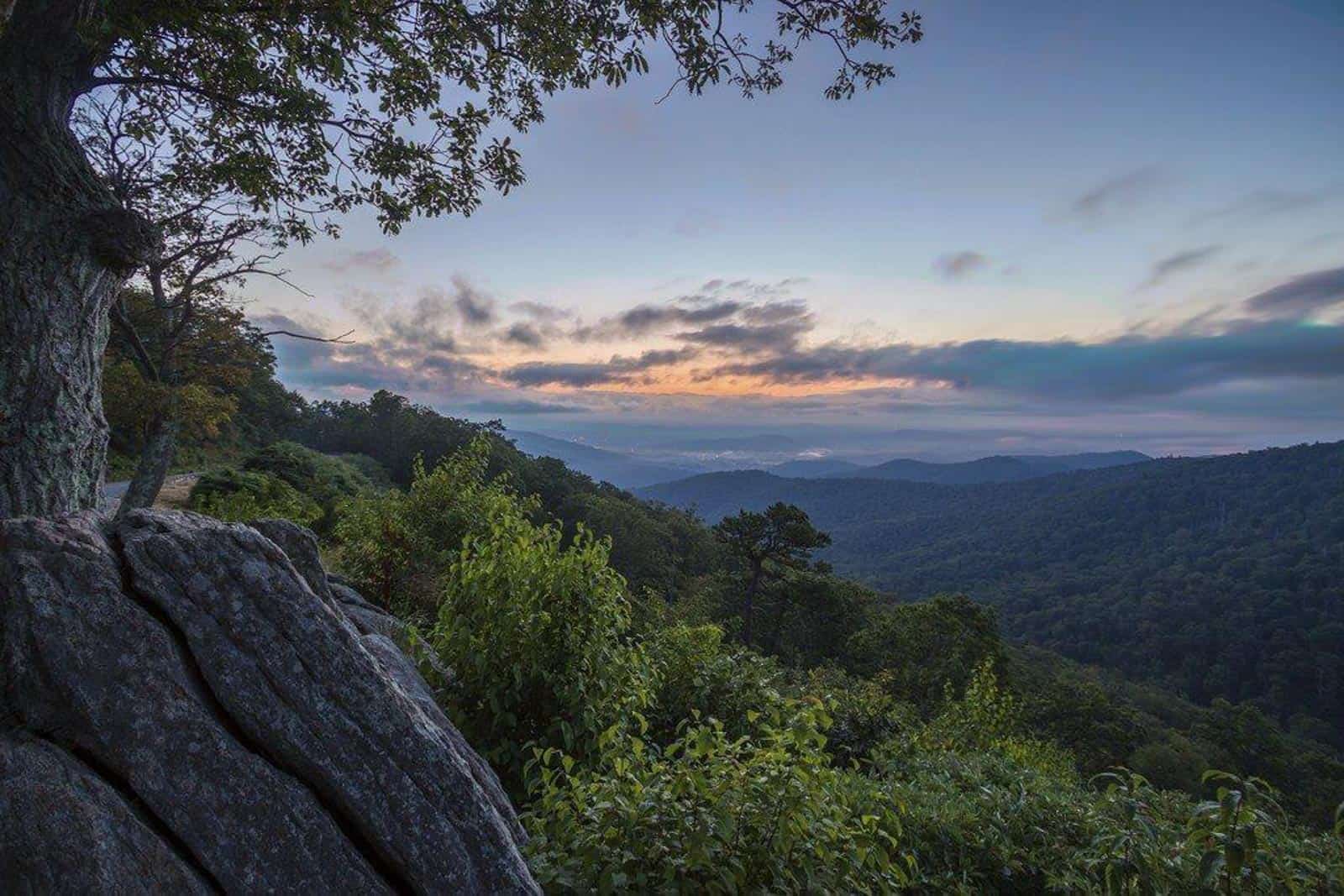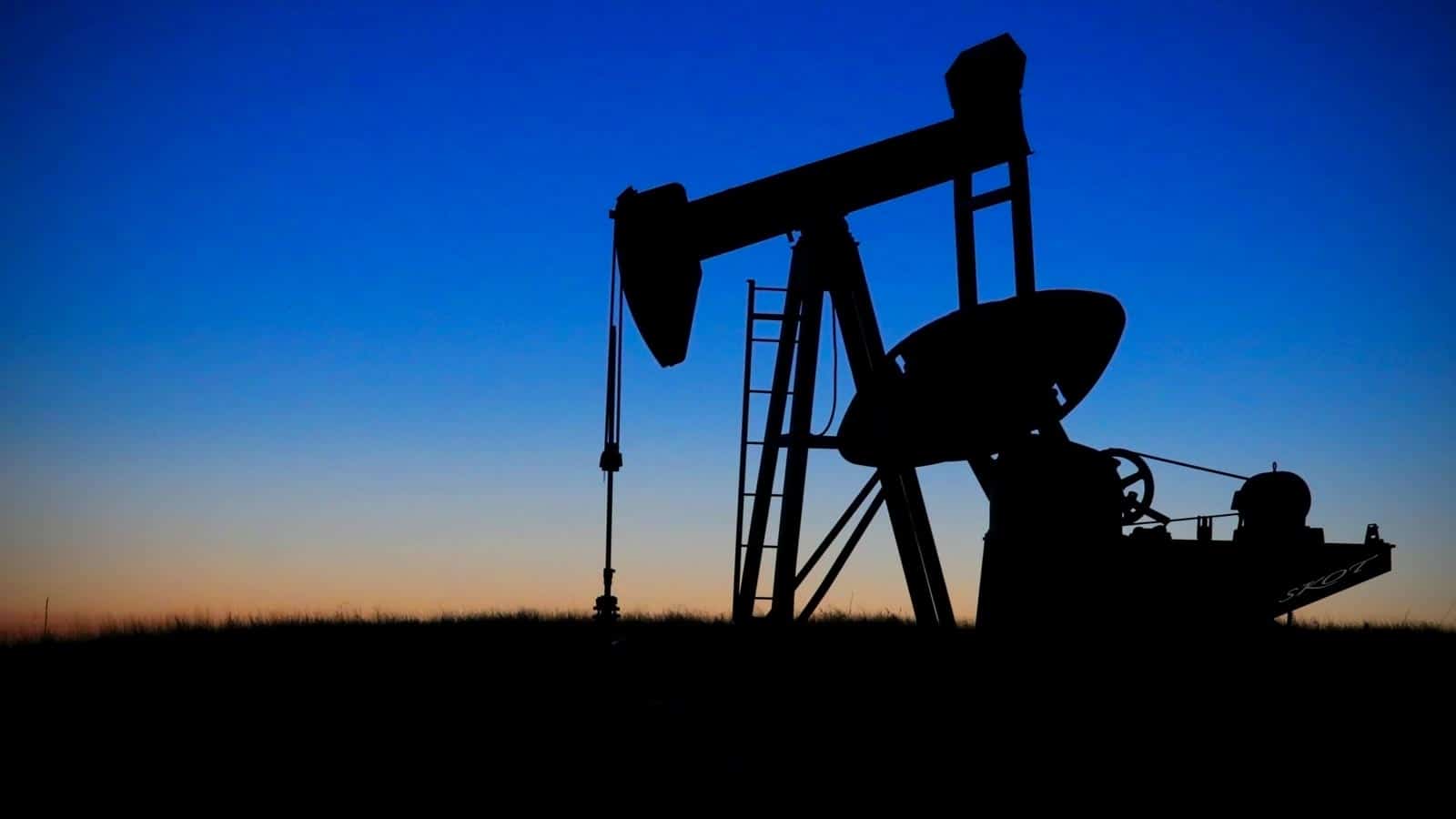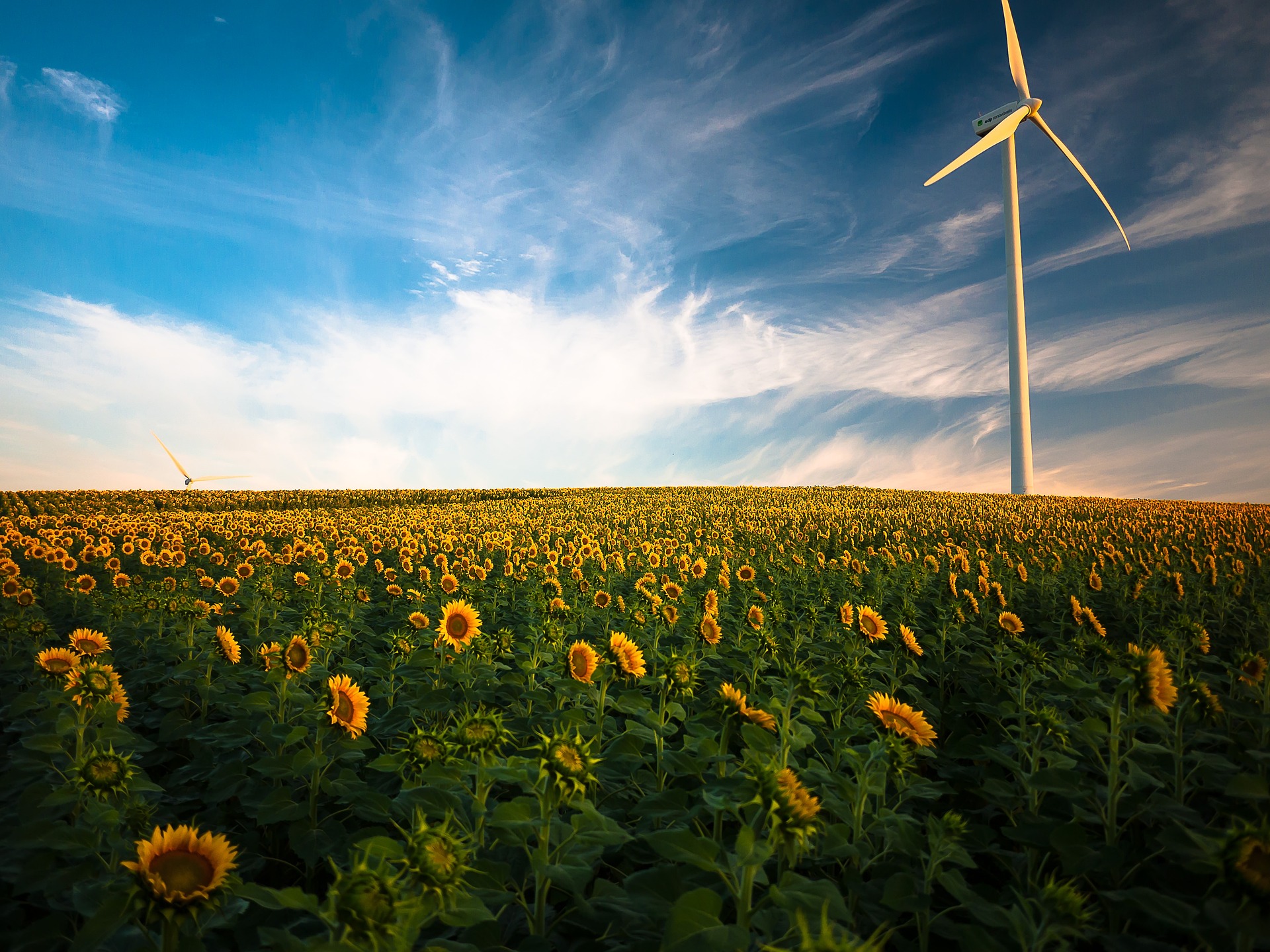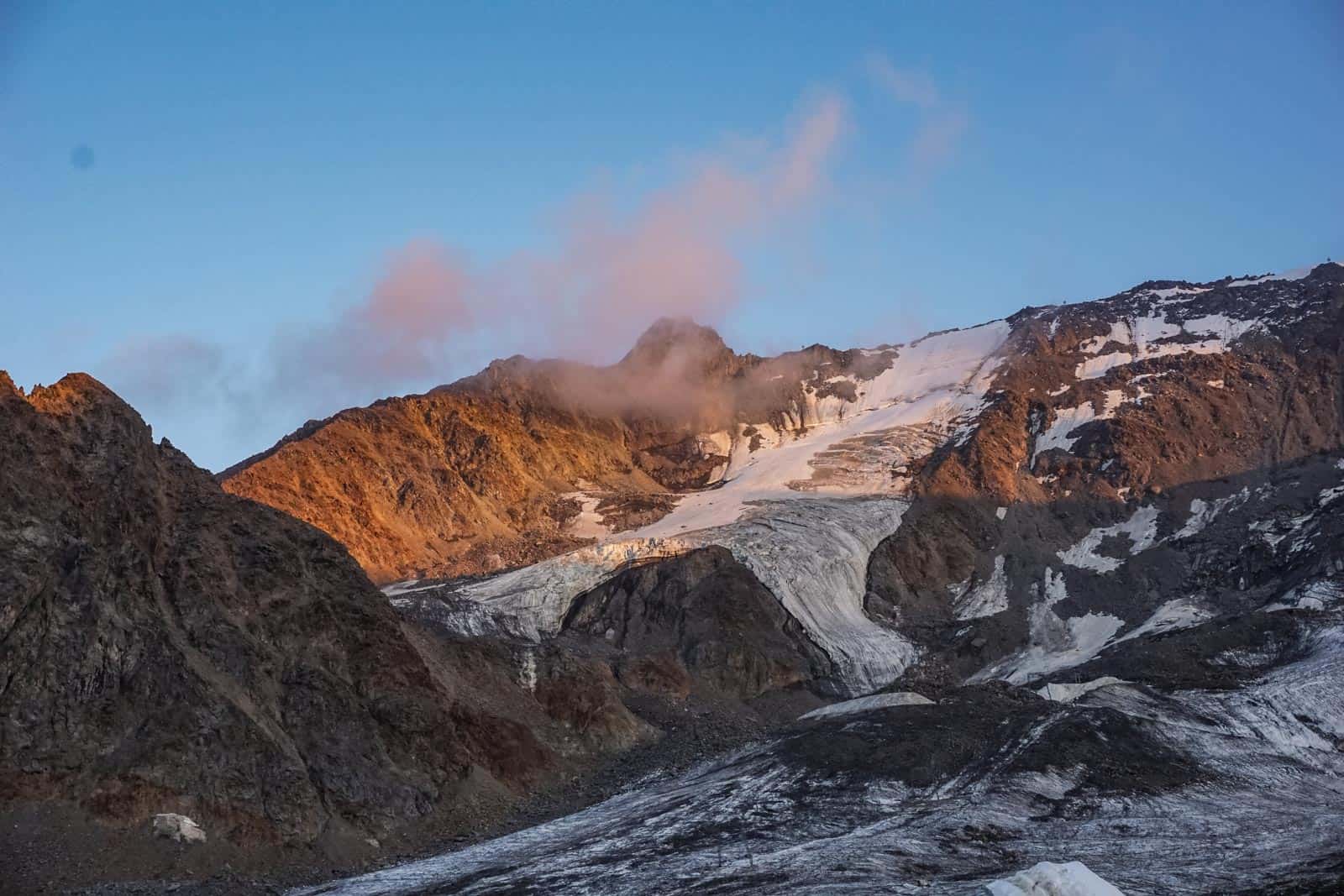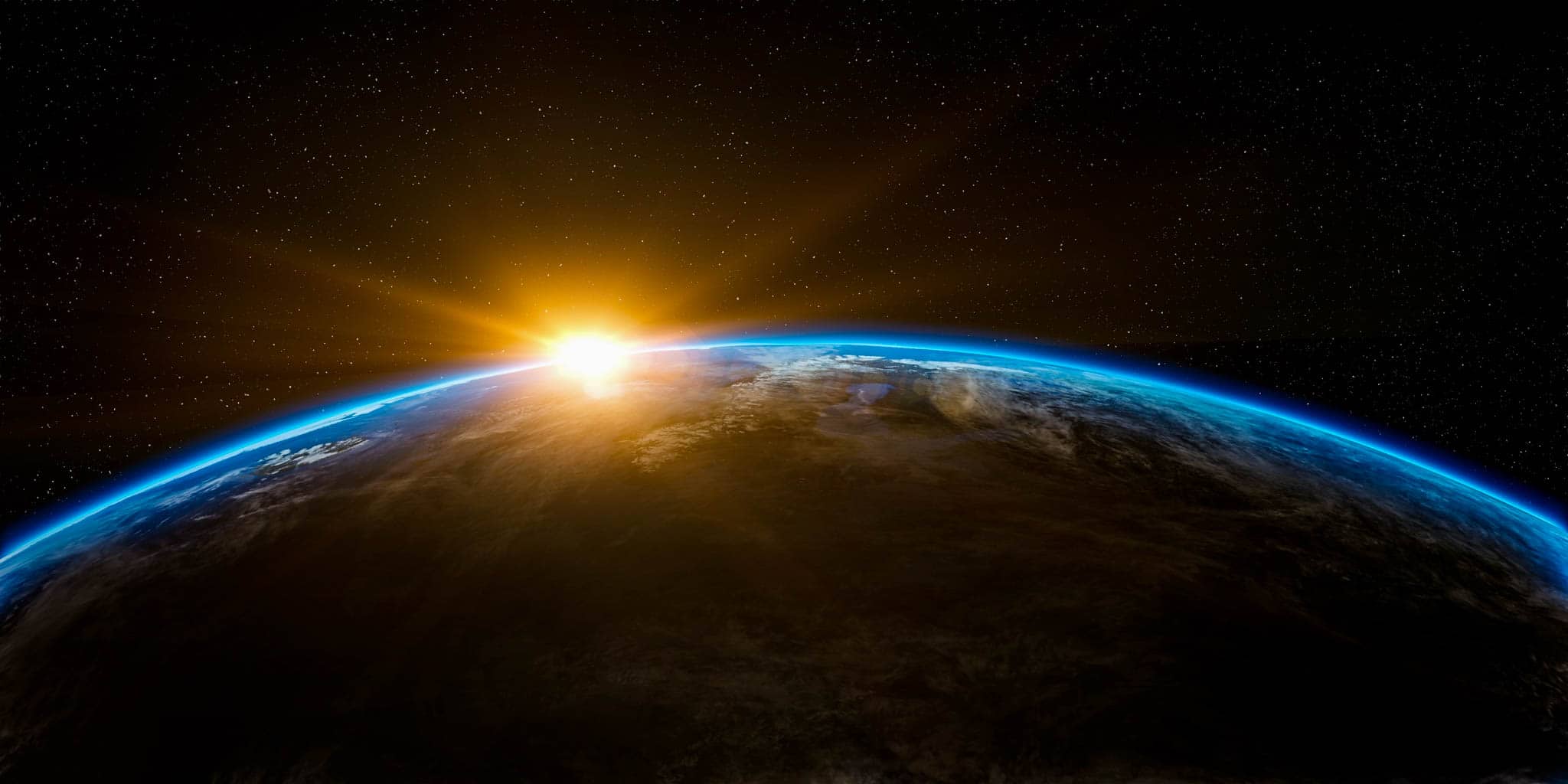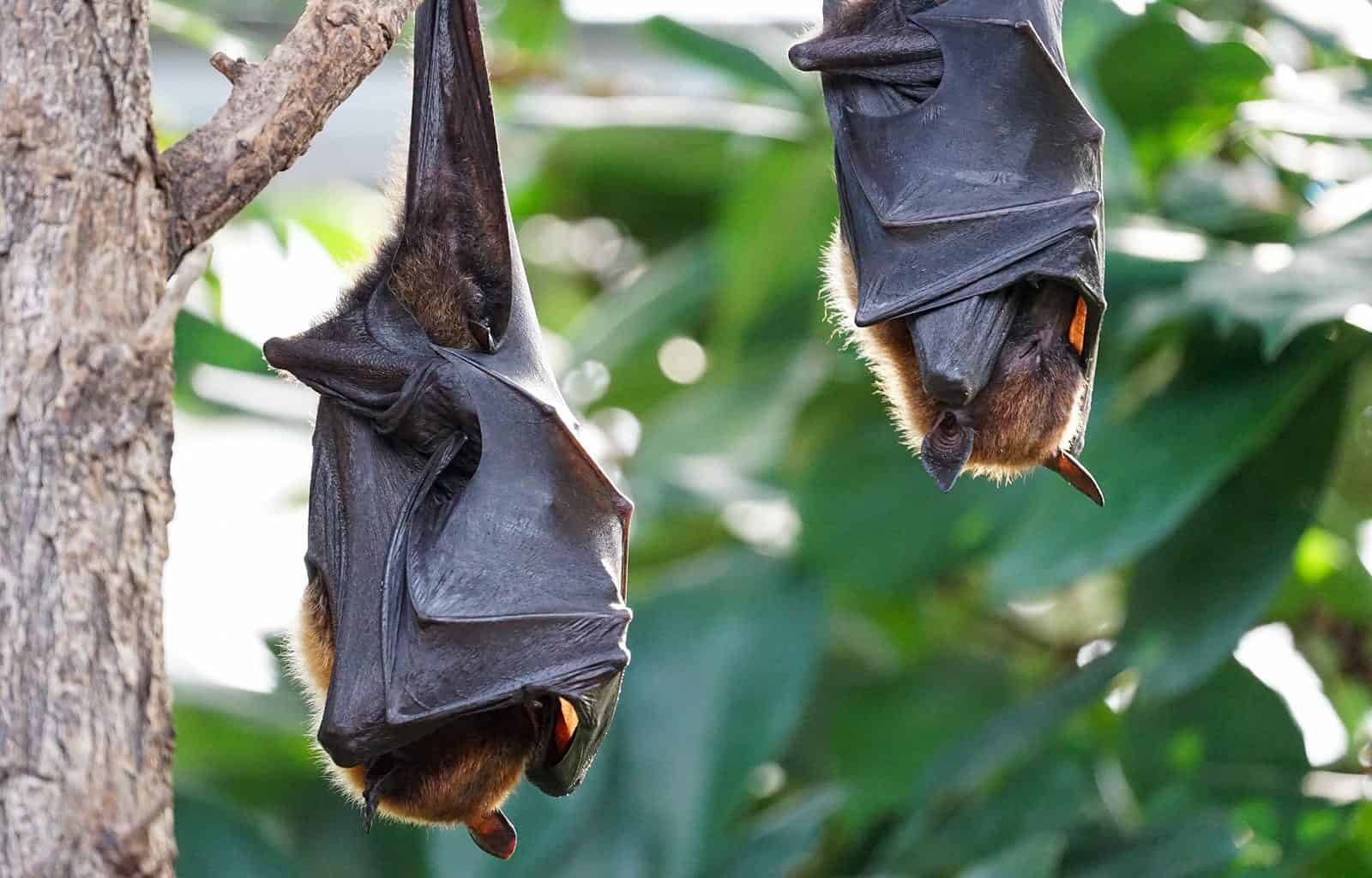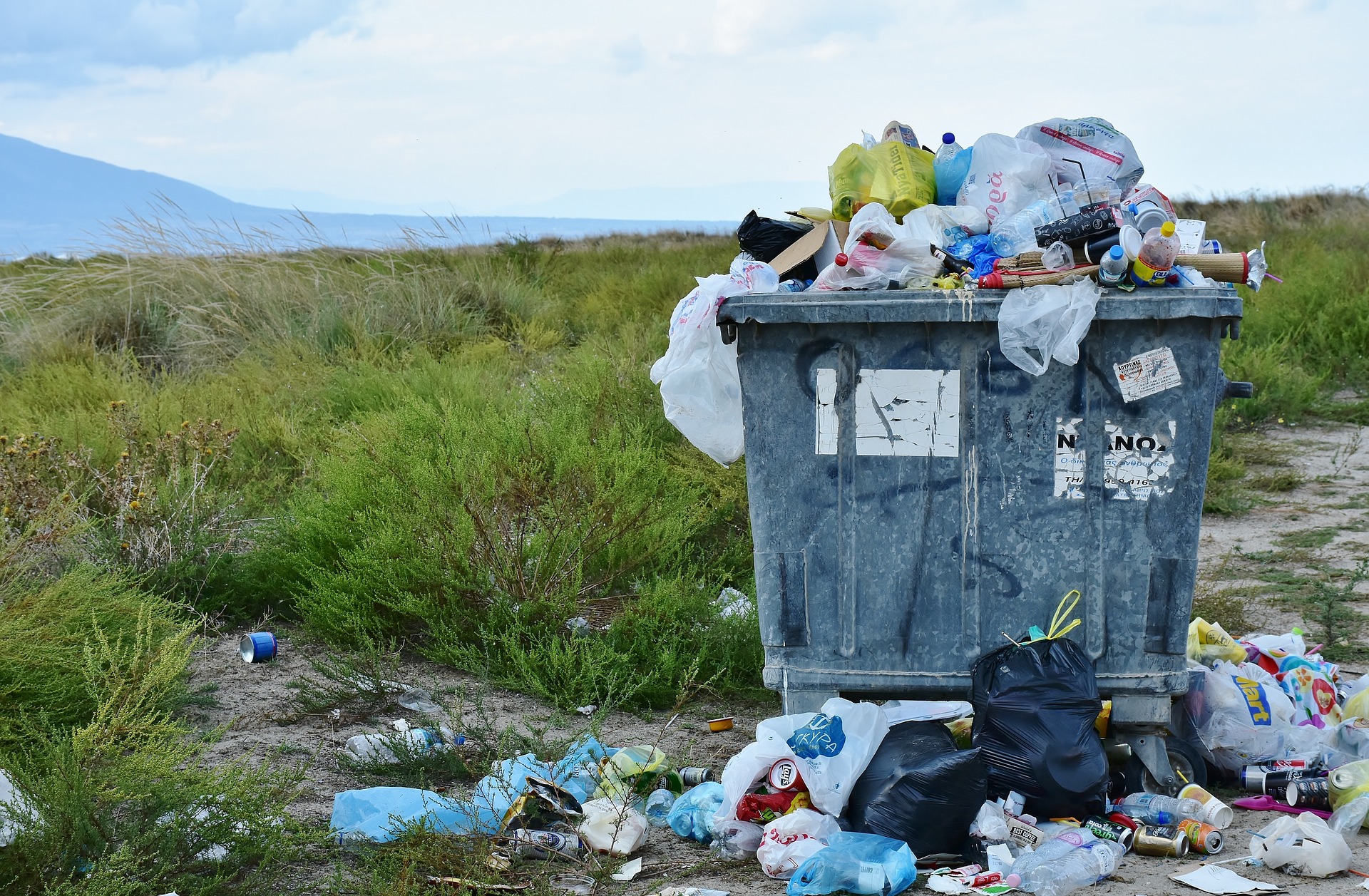Wilderness Book Club: The State of the World
In the middle of a climate emergency, we are constantly flooded with news on heatwaves, natural disasters and biodiversity losses. This is overwhelming and so it can be difficult to have a good overview of the planet’s environmental problems. That’s why The State of the World (Der Zustand der Welt) by Kurt de Swaaf is extremely helpful in giving you an idea of what on Earth is happening.
Breaking down our planet’s problems
The State of the World is based on a recent report by IPBES (Intergovernmental Science-Policy Platform on Biodiversity and Ecosystem Services). It reviews the current status of biodiversity and ecosystem services and their effects on human well-being. Although its structure broadly follows the report, it is much more than a simple summary. De Swaaf breaks down the key information from the report and explains it for the average person. This leaves the reader with a good understanding of everything wrong with our ecosystems and, importantly, how to make it right.
The book starts with a thorough explanation of how the problems we face globally came to be. This is followed by an overview of the findings from IPBES, including what the current global pledges are and which ones have been implemented. After these findings, possible solutions to the current challenges are presented. The book concludes with a message encouraging a shift towards climate action.
The State of the World doesn’t give easy answers
Although he makes an effort to simplify the state of the art, De Swaaf doesn’t shy away from complex issues. One of the first topics covered is that of palm oil, which is responsible for extensive deforestation. However, its use is so widespread and it contributes so many millions to local economies in Southeast Asia that a ban would be very difficult to implement despite the immense environmental benefits. This shows that there aren’t always easy answers to the environmental problems humanity has created.
De Swaaf covers broad topics of nature conservation beyond climate change, such as exploitation, pollution and mass extinctions. Through this you really get a feel for the scale of the challenges humanity has to confront. He always makes it clear that mitigating environmental disaster is THE challenge of our time, but de Swaaf gives us reason to hope too. He highlights examples of conservation done right, for example in Costa Rica, and suggests a solution for every problem.
Overall, there is a sense of hope at the heart of The State of the World. The book stresses that we, as the catalysts for global change, have the power to turn the tide. All it takes is for us to swap out our priorities. Economic growth, or stability for everyone and everything on Planet Earth.

